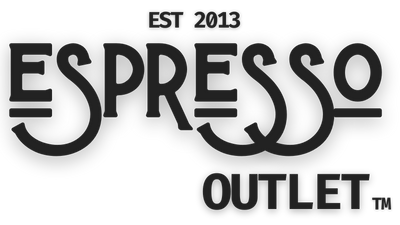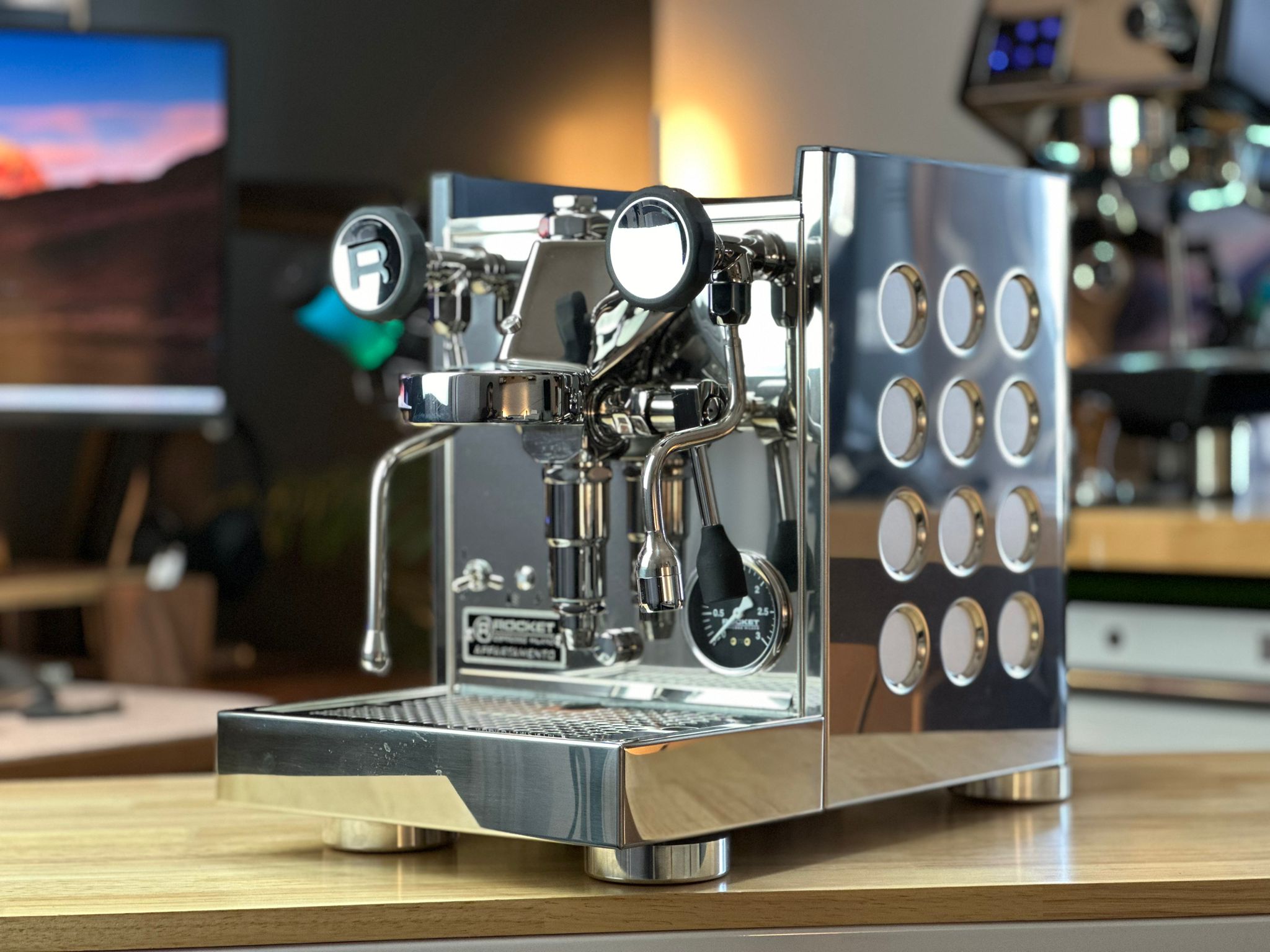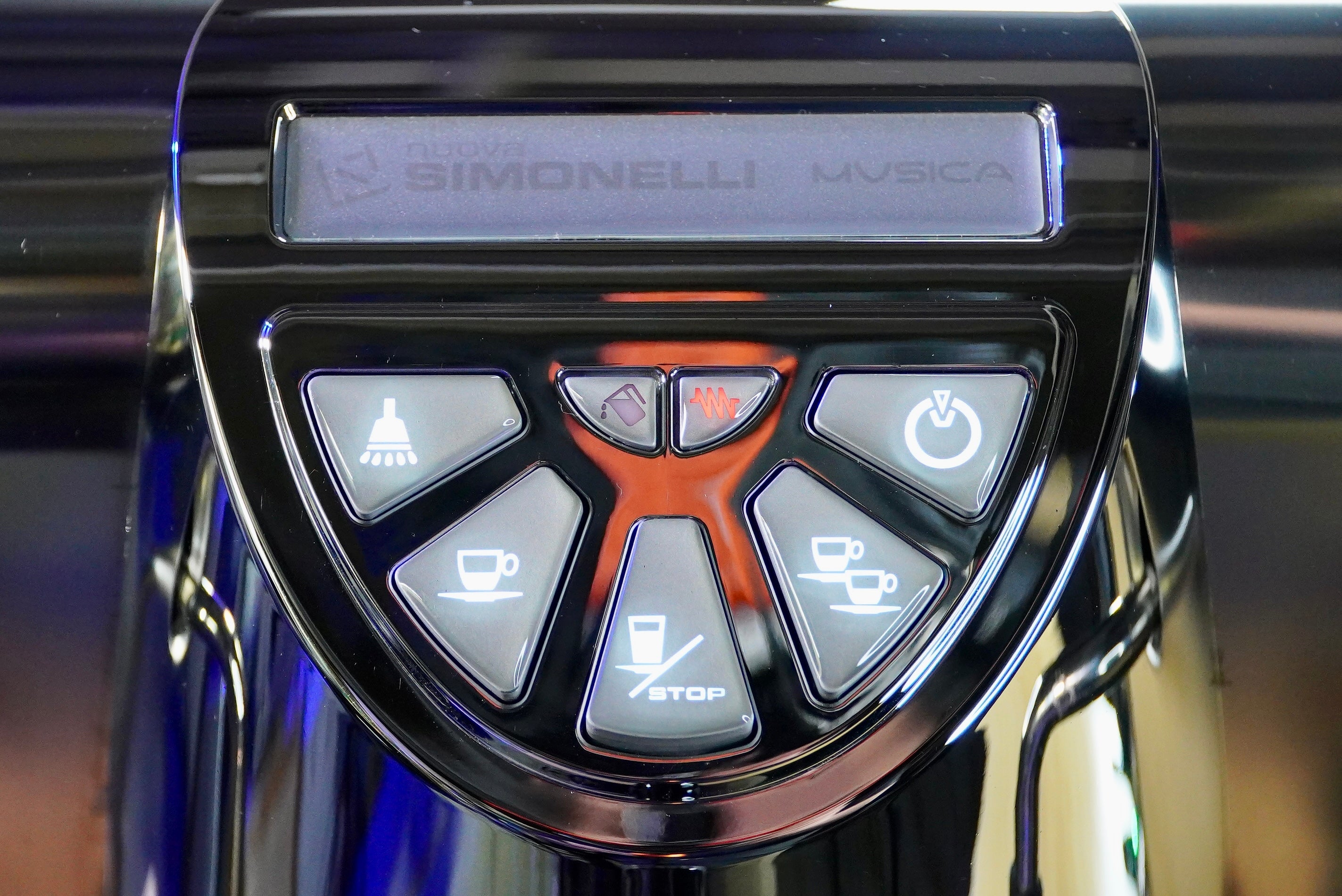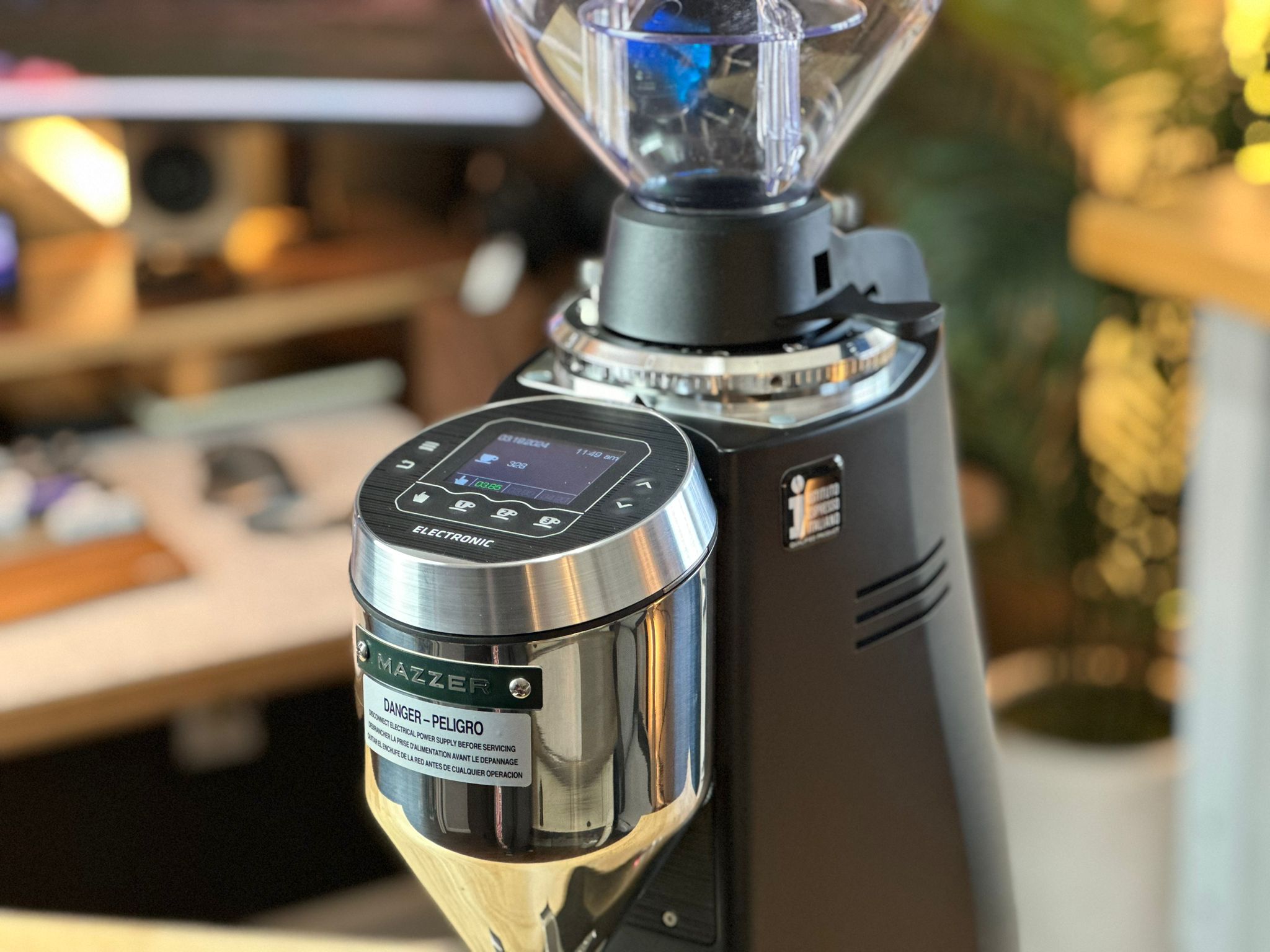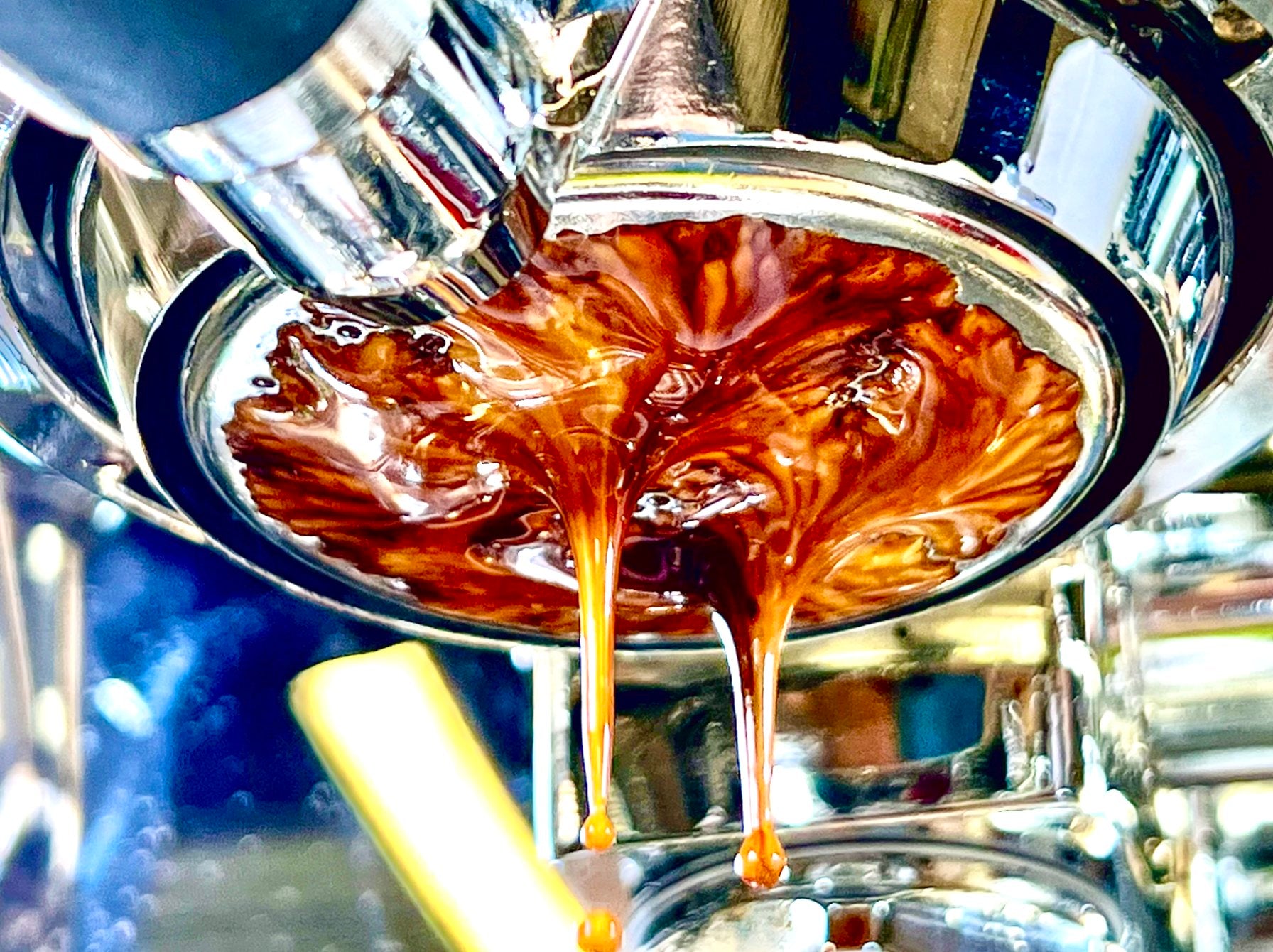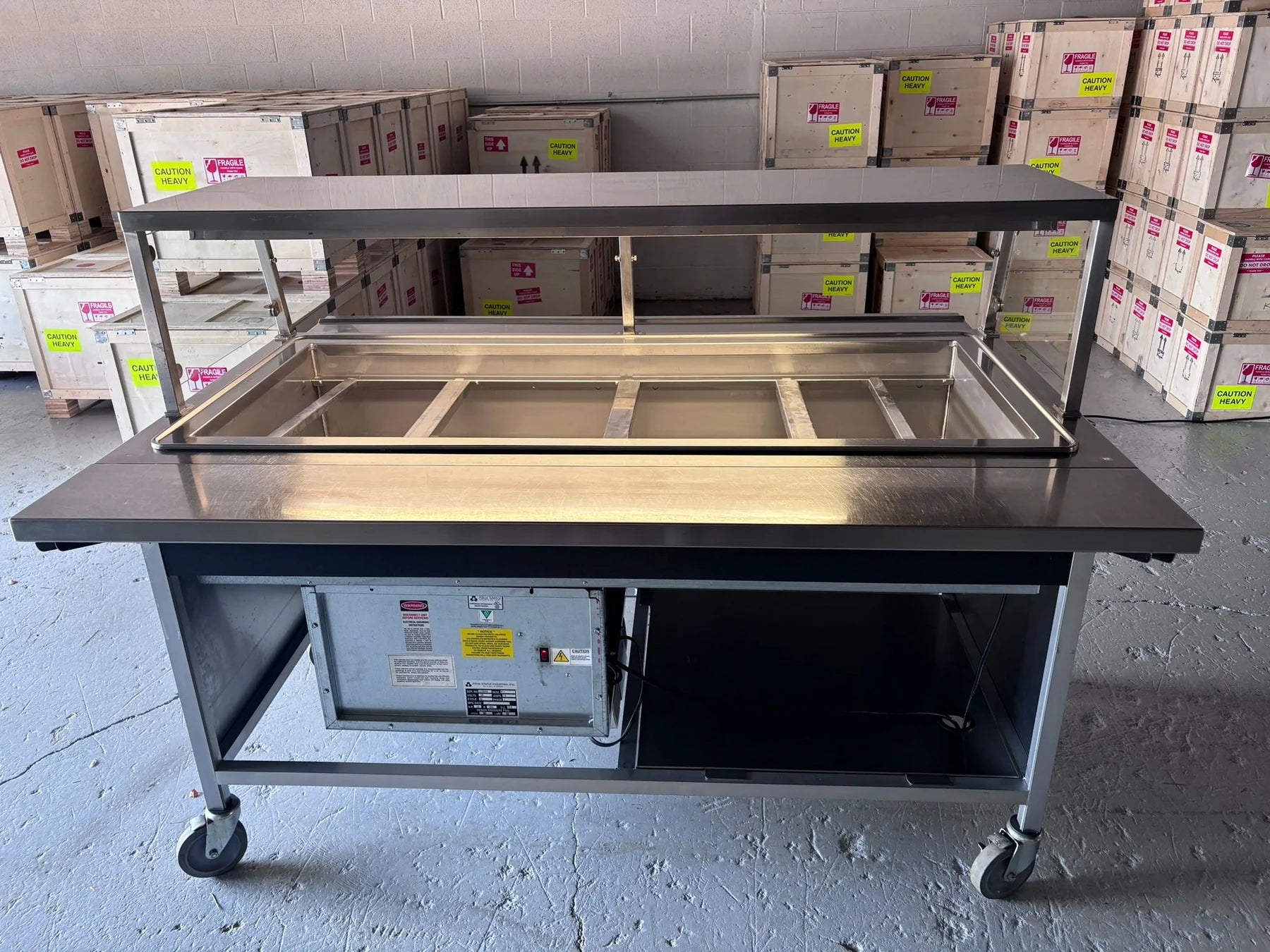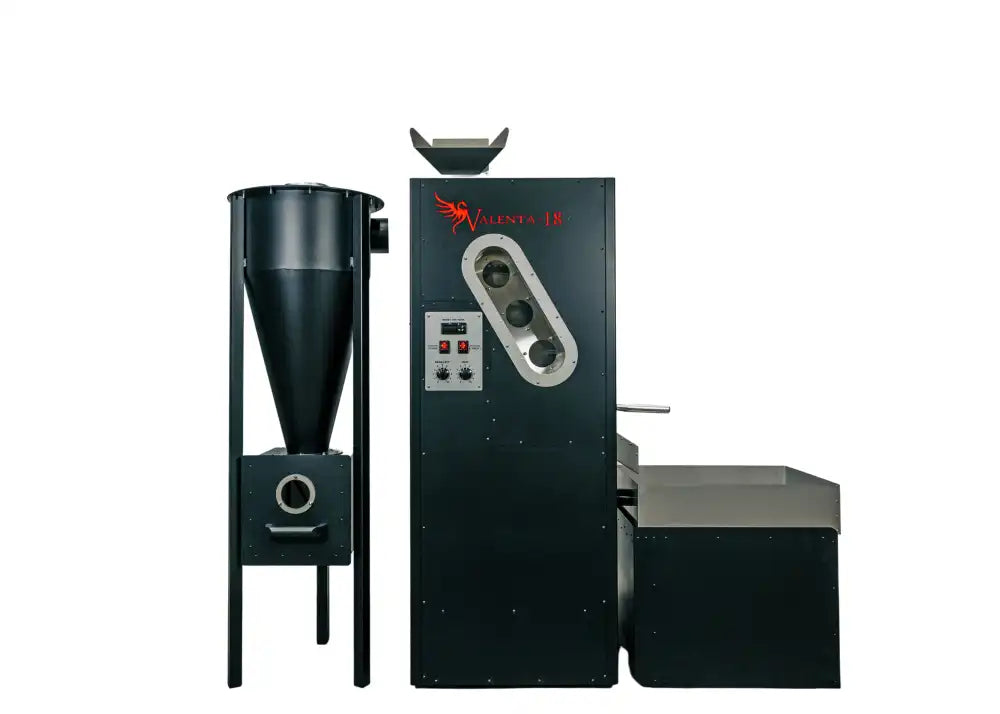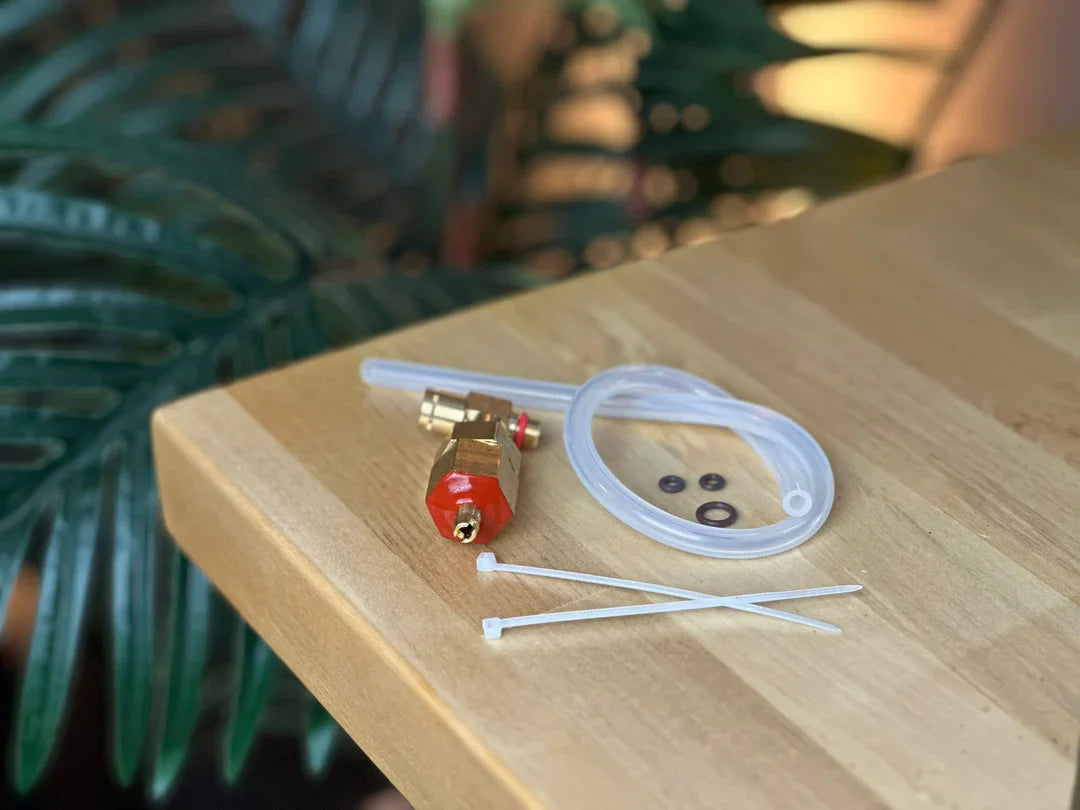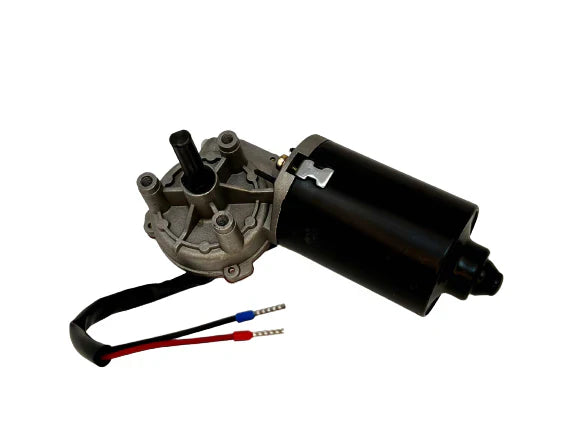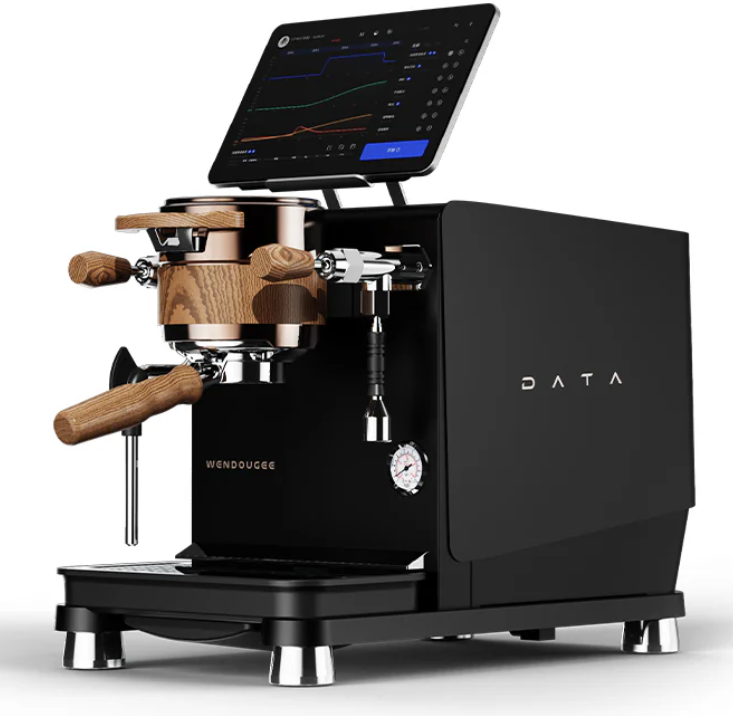Best Milk Temperature for Espresso Based Drinks
The best milk temperature for steaming milk to create microfoam and achieve optimal flavor and texture is generally between 150°F to 155°F (65°C to 68°C). Here’s why this temperature range is ideal:
1. Sweetness and Flavor
-
At around 150°F (65°C), the natural sugars (lactose) in milk begin to break down, enhancing the milk's natural sweetness without causing caramelization or burning. This temperature ensures that the milk complements the espresso, providing a sweet, creamy taste.
-
If milk is heated beyond 160°F (71°C), it begins to lose its sweetness and can develop a burnt or scalded flavor, which negatively impacts the taste of your espresso-based drinks.
2. Texture and Microfoam
-
At 150°F to 155°F, the milk proteins (especially casein) interact with the fat in the milk to stabilize the foam and create microfoam—the fine-textured, creamy foam that's essential for lattes, cappuccinos, and latte art.
-
Heating the milk beyond this range can cause the proteins to denature (break down), resulting in unstable foam with larger bubbles or no foam at all. Overheated milk loses its smooth, velvety texture, making it less suitable for latte art and espresso drinks.
3. Comfortable Drinking Temperature
- Milk heated to 150°F to 155°F is also within the ideal range for drinking temperature. Drinks served at this temperature are warm but not scalding, making them pleasant to consume without risking a burnt mouth.
Temperature Guide for Milk Steaming
| Temperature | Effect on Milk |
|---|---|
| Below 100°F (38°C) | Milk is too cold to create foam effectively. Little to no sweetness is developed. |
| 100°F - 120°F (38°C - 49°C) | Milk begins to froth, but the foam is unstable and bubbles are large. Sweetness is still low. |
| 120°F - 150°F (49°C - 65°C) | Ideal frothing and foam formation begins. Milk starts to become naturally sweet. |
| 150°F - 155°F (65°C - 68°C) | Best temperature for microfoam and flavor. Milk is sweet, creamy, and foam is stable. |
| 160°F - 170°F (71°C - 77°C) | Milk starts to scald and lose its sweetness. Foam becomes less stable, and flavor begins to degrade. |
| Above 170°F (77°C) | Milk is burnt, resulting in a scorched flavor and unstable foam. Microfoam breaks down. |
How to Monitor Milk Temperature
To ensure you reach the optimal milk temperature for microfoam:
-
Use a thermometer: A milk thermometer can be inserted into the milk pitcher to monitor temperature precisely as you steam.
-
Hand method: If you don’t have a thermometer, you can gauge the temperature by holding the pitcher. Once the outside of the pitcher becomes too hot to comfortably touch for more than a few seconds, the milk is likely around 150°F (65°C). This is a common practice for experienced baristas.
Conclusion
The ideal milk temperature for steaming is 150°F to 155°F (65°C to 68°C). This range ensures optimal sweetness, a creamy texture, stable microfoam, and a pleasant drinking temperature. Steaming milk beyond this temperature risks scalding the milk, resulting in a burnt taste and unstable foam, which will negatively affect your coffee experience.
